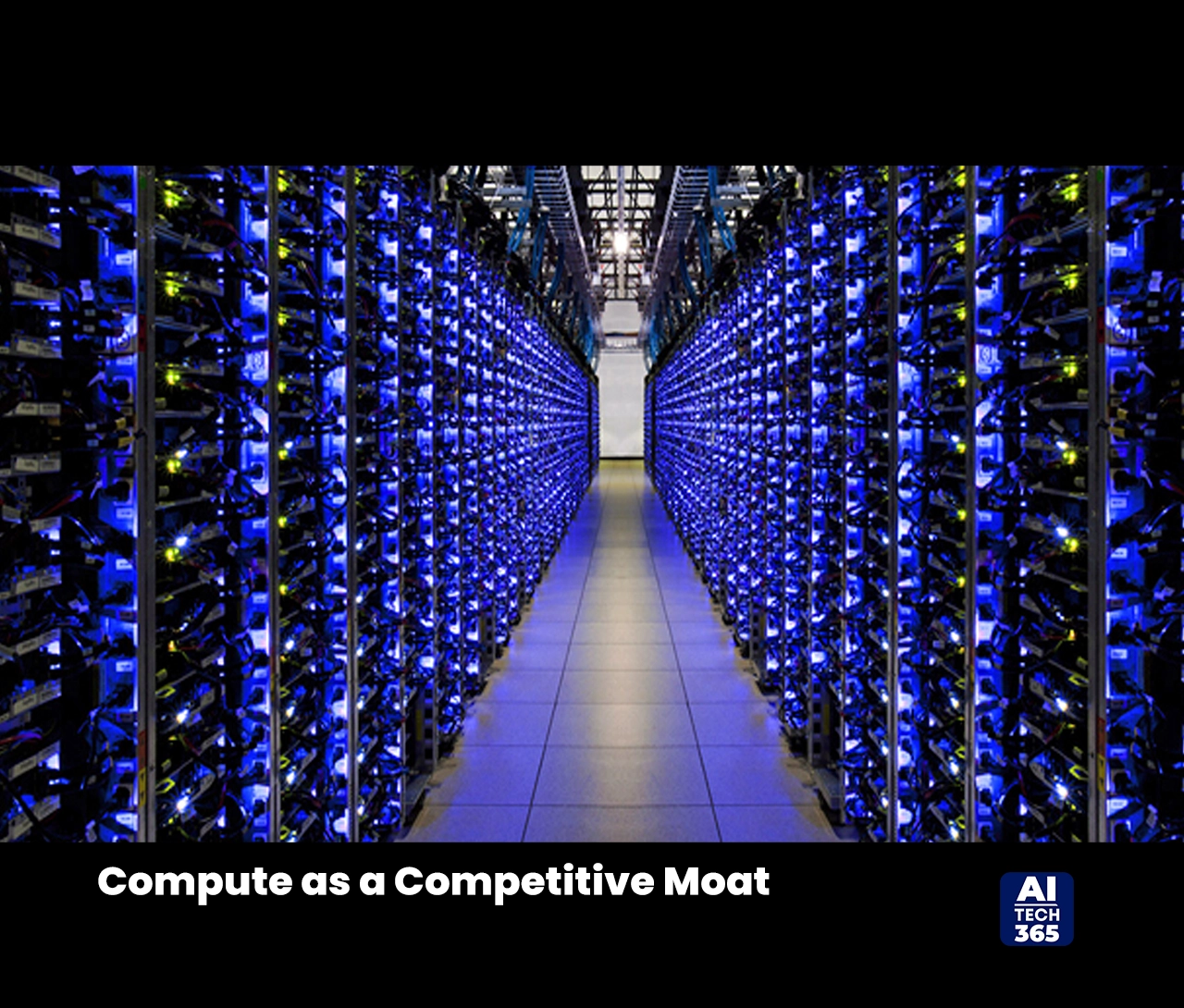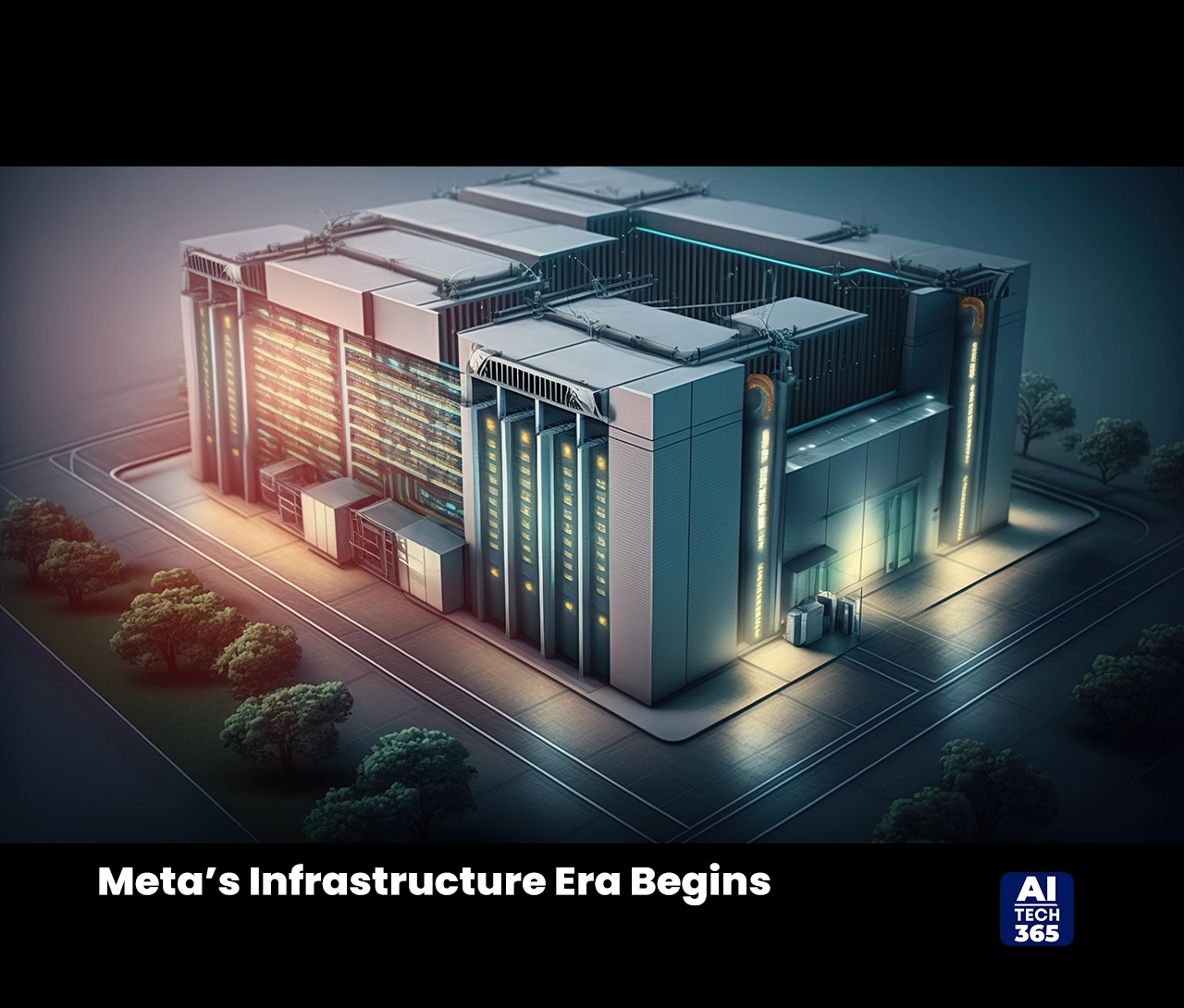Meta CEO Mark Zuckerberg has announced a bold plan. He will build a gigawatt-scale AI data centers. This center will be as large as Manhattan. This announcement marks a key moment in the global AI arms race. Here, infrastructure, not just algorithms, is the new battleground.
The proposed data centers, Prometheus and Hyperion, are more than just tech wonders. They are key to Meta’s plan to lead in artificial general intelligence (AGI). They are a signal to competitors, investors, and governments alike that the future of AI will be as much about energy, real estate, and talent as it is about innovation in machine learning models.
Prometheus and Hyperion
Meta’s new data center strategy centers around two flagship facilities: Prometheus in New Albany, Ohio, and Hyperion in Richland Parish, Louisiana. These are not typical server farms. Prometheus will be a huge one-gigawatt (1 GW) center. Hyperion might grow to five gigawatts (5 GW).
To put that into perspective, one gigawatt is enough to power hundreds of thousands of homes. These data centers will use as much energy as small countries. This shows a big shift from the smaller data setups usually linked to cloud computing.
Why Scale Matters in the AGI Race
So why does Meta need such a massive amount of computing power? The answer lies in the resource demands of training and deploying next-generation AI models. As language models grow in complexity, their appetite for data, compute, and power grows exponentially. Meta’s LLaMA 3 and forthcoming LLaMA 4 models, which aim to challenge OpenAI’s GPT and Google DeepMind’s Gemini platforms, require trillions of parameters and continuous training cycles.
Superintelligence, or AGI, is no longer a theoretical pursuit. It’s now about how fast a company can scale compute to iterate, retrain, and deploy. The battle is no longer about who has the best algorithm, it’s about who can afford to run it at full scale.
Zuckerberg has repeatedly emphasized Meta’s long-term belief in AGI, calling it one of the most important opportunities in technology today. The creation of a new internal division called Superintelligence Labs, helmed by Nat Friedman and Alexandr Wang, further validates the strategic shift. This division will consolidate Meta’s AI research and engineering teams and focus on building frontier models capable of reasoning, planning, and learning autonomously.
Betting Big on CapEx
Meta’s investment in AI infrastructure is high. In 2025 alone, the company increased its capital expenditure guidance to a range of US$ 64 billion to US$ 72 billion, up significantly from prior years. A large portion of this is being funneled into AI research, chip design, networking, and, critically, physical infrastructure.
Meta will fund this with strong cash flows from its main advertising business. In 2024, Meta made more than US$ 164 billion in revenue. This rise was largely due to AI-powered ad targeting and content personalization tools. In short, Meta is using the profits from its AI-enhanced ad engine to build an even bigger engine for future AI.
Financial analysts have described this as a ‘flywheel model,’ better AI improves advertising, which increases revenue, which funds more AI. It’s a virtuous cycle, but one that only works if Meta maintains its lead.
Gigawatts and Groundwater
With great power, literally, comes great responsibility. The environmental implications of gigawatt-scale data centers are profound. Each of Meta’s new data centers will consume staggering volumes of electricity and water. In Louisiana, where Hyperion is being built, local officials worry about water scarcity and emissions. Meta plans to use natural gas plants on-site to stabilize its energy supply. This has faced criticism from environmental groups. They urge a quicker shift to fully renewable sources.
These concerns are not hypothetical. In Georgia, a Meta data center caused local water pressure to drop. In Oregon, a tech company got criticism for using too much electricity. This use harmed the regional grid.
As AI grows more complex, local communities and regulators want transparency and sustainability. The question is not if we can build these data centers. It’s about whether we should and how to do it responsibly.
Also Read: Why Sustainable Data Centers Are Vital for the Future of Business
The Talent War Intensifies
Meta’s bet on AI infrastructure isn’t just about buildings and servers, it’s also about people.
To build out Superintelligence Labs, Meta is offering some of the largest compensation packages in Silicon Valley history. Reports indicate that top AI researchers have received offers exceeding US$ 200 million over four years. Meta has also invested over US$ 14 billion into Scale AI, with CEO Alexandr Wang now a central figure in its AGI push.
The tech giant is going head-to-head with OpenAI, Google DeepMind, Amazon, and Elon Musk’s xAI in a scramble to lock down top-tier talent. Engineers and researchers are being wooed with everything from GPU clusters to equity windfalls. And as AGI gets closer to reality, the pressure to retain top minds is only increasing.
Compute as a Competitive Moat
In today’s AI landscape, access to compute is becoming a primary differentiator.
Meta’s model of offering researchers unparalleled access to infrastructure, measured by compute-per-capita ratios, is changing the recruitment game. While some labs struggle to get sufficient GPU hours, Meta’s new centers will provide nearly unlimited capacity.
This strategy is reminiscent of how Amazon Web Services (AWS) cornered the cloud market by offering infrastructure-as-a-service before competitors could catch up. Now, Meta is applying a similar approach to AI: own the hardware, the power grid, and the models, and let others rent access later.
It’s not just about scale. It’s about control.
The Competitive Landscape: Meta vs OpenAI vs xAI
Meta’s aggressive strategy doesn’t exist in a vacuum. Other players are moving fast:
- OpenAI, backed by Microsoft, is pushing forward with GPT‑5 and Stargate, a US$ 500 billion national compute project designed to supercharge American AI capabilities.
- Google DeepMind continues its push on Gemini, with recent breakthroughs in robotics and multi-modal learning.
- Elon Musk’s xAI is planning its own gigawatt-scale cluster, aiming to catch up through brute-force compute and Tesla-integrated AI platforms.
But Zuckerberg’s vision, centered on owning every part of the AI stack, from chips to data centers, may give Meta a lasting edge.
How This Reshapes the AI Future
Zuckerberg’s Manhattan-sized data center is more than a PR stunt. It’s a blueprint for what AI infrastructure will look like in the age of superintelligence.
The internet was built on a decentralized model: thousands of data centers, millions of edge nodes. But AGI may reverse that trend, favoring hyper-centralized, highly controlled environments where power, talent, and compute are tightly integrated.
For policymakers, this raises urgent questions about monopolies, energy consumption, and global access. For businesses, it creates opportunities to plug into vast AI networks as service providers, application developers, or niche model trainers. And for society, it marks a new chapter in the relationship between intelligence and infrastructure.
Meta’s Infrastructure Era Begins
Meta’s massive push into AI infrastructure, embodied by a Manhattan-sized data center, namely Prometheus and Hyperion, is not just about chasing the next big thing. It’s a calculated move to control the future of intelligence. With billions in revenue, trillions in data, and unmatched compute scaling on the horizon, Meta is rewriting the rules of engagement in the AI era.
The company’s vision is clear: dominate the stack, empower researchers, and accelerate the path to AGI. Whether that vision is sustainable, economically, environmentally, and ethically, remains to be seen. But one thing is certain: the future of AI will be built not just in code, but in concrete, steel, and gigawatts.


